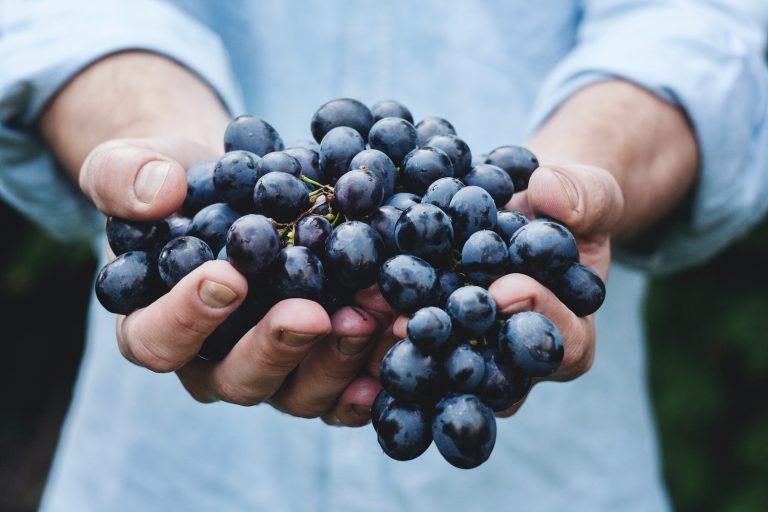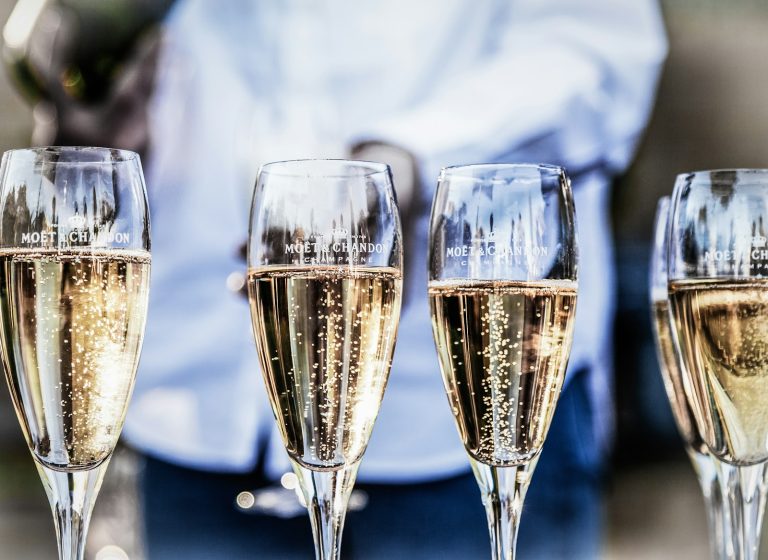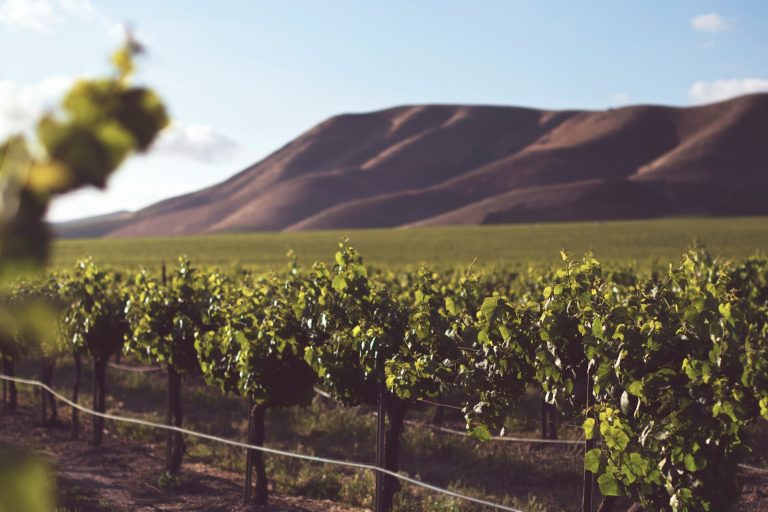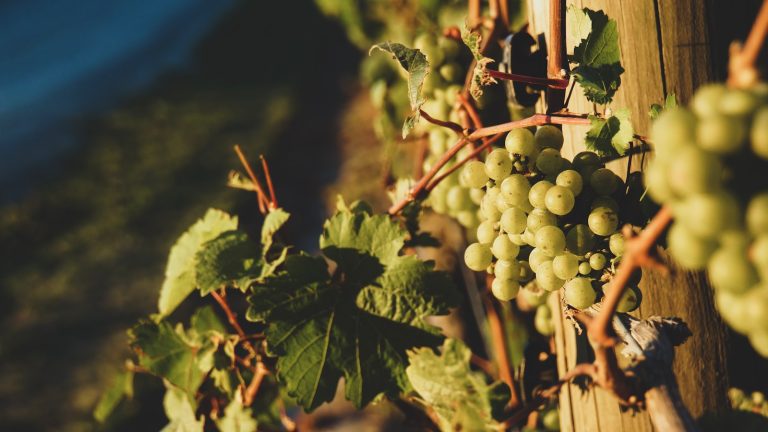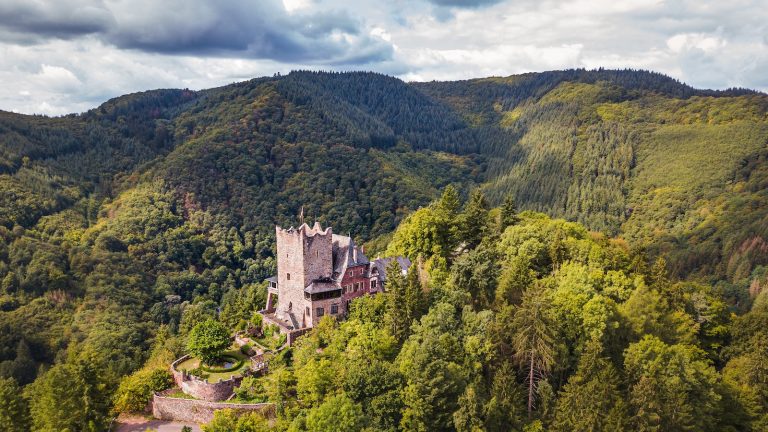Complete Guide to the Bordeaux, France Wine Region for Beginners
Did you know Bordeaux pumps out over 900 million bottles annually across 57 appellations? That’s enough to give everyone in Europe a bottle and still have plenty left over! But what truly makes this corner of France special isn’t just quantity – it’s the incredible diversity of wines that have captivated enthusiasts for centuries.
I’ve spent countless hours researching (and sipping) to create this guide that cuts through Bordeaux’s legendary complexity. While I haven’t yet had the pleasure of visiting this iconic wine region myself, I’ve gathered insights from wine experts, seasoned travelers, and authoritative sources to help you plan the perfect Bordeaux adventure.
What makes Bordeaux fascinating is how it’s evolved. Just twenty years ago, many prestigious châteaux were practically fortresses, closed to visitors. Today, you’ll find a wine region that has flung open its doors, ready to share its treasures with anyone curious enough to explore.
This guide is our roadmap to navigating one of the world’s most prestigious wine regions – without the intimidation factor. Let’s get into it!
The Bordeaux Landscape at a Glance
Bordeaux Wine Region Grape Varieties
Hover or tap on different regions to see grape variety distributions
Picture this – mighty rivers cutting through rolling vineyards, historic châteaux dotting the landscape, and centuries of winemaking tradition in every glass. That’s Bordeaux in a nutshell.
The region’s geography is delightfully simple once you understand the key – it’s all about the rivers. The Gironde Estuary and its tributaries (the Garonne and Dordogne) split Bordeaux into what locals call the Left Bank and Right Bank, and this is the first thing you need to understand about Bordeaux wine.
On the Left Bank (west of the Gironde), gravelly soils make Cabernet Sauvignon the star, creating powerful, structured wines that often age for decades. Famous names like Médoc, Pauillac, Saint-Julien, and Margaux call this area home. Across the water on the Right Bank, clay and limestone soils favor Merlot, producing wines with plush, velvety textures in regions like Saint-Émilion and Pomerol. Between the rivers sits Entre-Deux-Mers, where crisp white wines shine.
With over 6,000 châteaux scattered across these diverse terroirs, Bordeaux offers everything from world-famous classified growths (ranked back in 1855 in a classification system still influencing prices today) to family-owned estates making fantastic wines at a fraction of the cost.
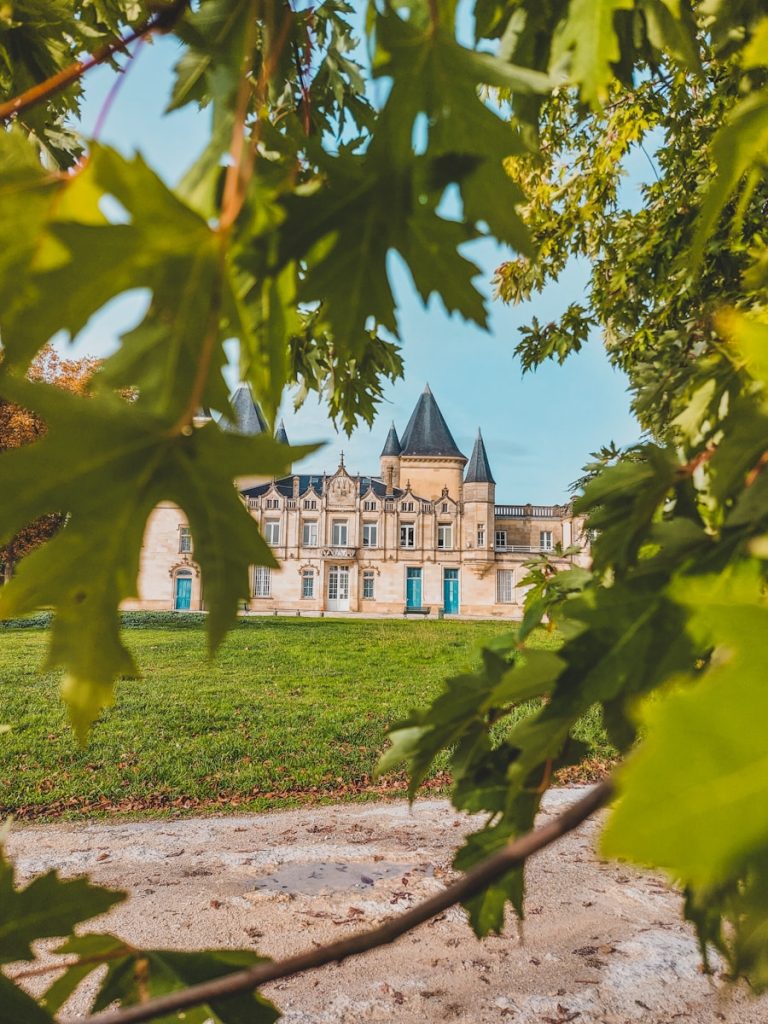
The best part? Wine tourism here has completely transformed. Twenty years ago, visiting prestigious châteaux often required connections and formal letters of introduction. Today, Bordeaux welcomes millions of visitors annually, with experiences ranging from traditional tastings to innovative activities like blending workshops, food pairings, and even overnight stays among the vines.
Planning Your Bordeaux Wine Journey
When Should You Visit? Hint: Harvest Time is Magic
If you’re flexible with your travel dates, aim for September and October – hands down the most exciting time for wine lovers. During harvest season, vineyards buzz with activity as grapes reach perfect ripeness. Many châteaux let visitors taste just-picked berries and sample fermenting juice directly from tanks. There’s nothing quite like seeing winemakers scrambling around, checking sugar levels, and making real-time decisions that will influence the vintage you’ll drink years later.
Late spring (May-June) also sounds wonderful, when the vines are flowering and the countryside explodes with color. Wildflowers carpet vineyard edges, fruit trees blossom throughout the region, and temperatures are perfect for exploring without summer’s heat.
July and August bring warmer weather, ideal if you want to combine wine tours with trips to the Atlantic coast (about an hour away). Just remember that some family-owned châteaux reduce visiting hours in August – that’s when many French businesses take their summer holidays.
Early autumn temperatures hover around a perfect 20°C (68°F), ideal for both vineyard visits and exploring Bordeaux city, while November sees things cool down to about 13°C (55°F).
Pro tip – Avoid visiting during late April’s En Primeur week. That’s when wine professionals descend on Bordeaux to taste barrel samples of the newest vintage, and many châteaux close to the public.
Getting Around Wine Country
Renting a car gives you the most flexibility for exploring Bordeaux’s widespread wine regions. The downside? Someone needs to spit religiously or stay sober as the designated driver.
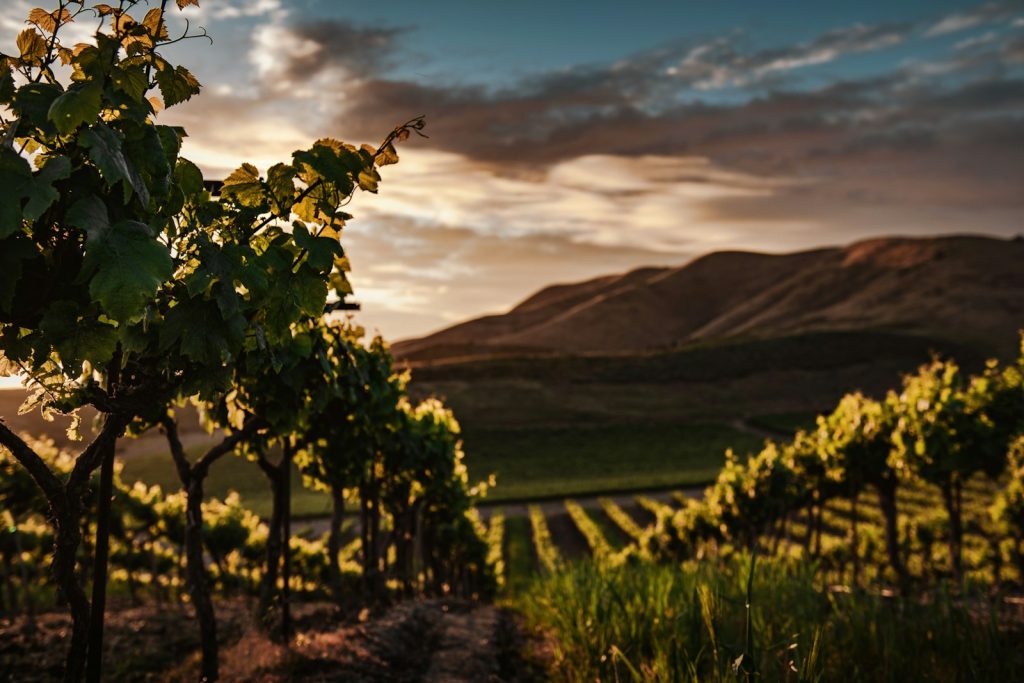
Many visitors opt instead for guided tours that eliminate driving concerns while providing expert commentary. Small-group tours that visit both famous properties and family estates off the beaten path seem to get the best reviews.
Within Bordeaux city, the tram system is efficient and affordable. Some train connections reach wine villages like Saint-Émilion, though schedules can be limited.
For something really fun, try an electric bike tour in flatter areas like Saint-Émilion. You’ll cover more ground than walking while still enjoying fresh air and vineyard scenery up close. Or splurge on specialty transportation like 2CV vintage car tours or even side-car motorcycles (available from €99 for 1-2 persons) for a memorable day among the vines.
Where to Stay: From Castle Dreams to City Chic
Luxury Château Stays
Want to wake up surrounded by vineyards? Several prestigious wine estates offer on-site accommodations. Les Sources de Caudalie at Château Smith Haut Lafitte in Graves looks particularly impressive. Their 40 rooms and 21 suites feature natural materials, antique furnishings, and some even have private jacuzzis. After a day of wine tasting, guests can enjoy their two-Michelin-star restaurant, La Grand’Vigne, or unwind at their Vinothérapie Spa using grape-based treatments.
City-Center Luxury
For a perfect base in downtown Bordeaux, Hôtel Palais Gallien manages the rare trick of feeling like a countryside retreat while sitting right in the city center. The backyard pool is an oasis after a day of exploring, and their rooftop cocktail bar offers fantastic views. Some rooms include private terraces with jacuzzis – the perfect spot to enjoy that special bottle you picked up during the day.
Budget-Friendly Options
Don’t worry if the luxury spots are beyond your budget – Bordeaux offers great values too. Properties like Château Maine Gazin and Château Gadet Terrefort offer rooms from €60-80 per night, letting you enjoy authentic château experiences without the high prices.
Traveling with family or friends? Look into villa-type accommodations at places like L’Airial du Château Tourteau Chollet, which provide comfortable spaces with vineyard views at reasonable rates when split between a group.
Word to the wise – Book accommodations 6-9 months in advance for peak season (May-October), especially for luxury properties or stays during special events like the Bordeaux Wine Festival in June.
Bordeaux Wine Experiences: Tasting and Touring
The Wine Regions You Shouldn’t Miss
Médoc/Left Bank This region stretching north of Bordeaux city along the Gironde Estuary is home to many of the most famous names in wine. Here, Cabernet Sauvignon dominates, creating structured wines with incredible aging potential. As you drive the D2 “Route des Châteaux,” you’ll pass legendary estates in appellations like Margaux, Saint-Julien, Pauillac, and Saint-Estèphe. The wines typically show blackcurrant, cedar, and tobacco notes, with firm tannins that soften beautifully with age.
Saint-Émilion/Right Bank This medieval village and its surrounding vineyards are high on my own Bordeaux wishlist. The UNESCO World Heritage site offers dramatic limestone hills, underground cellars carved from stone, and predominantly Merlot-based wines with velvety textures and plum, cherry, and chocolate flavors. The area feels more intimate than the grand estates of the Médoc, with many family-owned properties welcoming visitors.
Graves and Pessac-Léognan Just south of Bordeaux city, this historic region produces both exceptional red blends and structured white wines. Château Haut-Brion, the only First Growth outside the Médoc, anchors this region where gravelly soils give the wines their characteristic mineral notes.
Sauternes This region southeast of Bordeaux specializes in luscious sweet wines that could change your idea of dessert wines forever. The microclimate created by the Ciron River meeting the Garonne produces morning mists that encourage “noble rot” (botrytis) – a beneficial fungus that concentrates sugars and flavors in the grapes. The resulting wines offer honey, apricot, and exotic fruit notes balanced by refreshing acidity.
Booking Château Visits: The Inside Scoop
Here’s something crucial to know – almost all Bordeaux wineries require advance reservations. Drop-in visits common in some wine regions simply don’t work here.
For prestigious classified growths like Château Margaux or Château Lafite Rothschild, book 6-9 months in advance. These exclusive tours often come with higher fees but provide access to some of the world’s most renowned wine estates.
Family-owned châteaux typically offer more flexible scheduling and more intimate experiences. You’ll often meet owners or winemakers rather than staff guides, creating memorable connections along with great tastings.
Most château visits follow a similar format – vineyard tour, cellar exploration, and guided tastings. Prices range from basic tastings (€10-20) to elaborate food pairings and vertical vintage tastings that can cost considerably more. Many now offer online booking through their websites or platforms like Rue des Vignerons and Winetourism.com.
Beyond the Standard Tasting: Unique Wine Experiences
Bordeaux’s wine tourism has evolved far beyond the standard “walk, talk, and taste” format. Here are some distinctive experiences worth seeking out:
Workshop Experiences Many châteaux now offer blending sessions where you create your own Bordeaux blend under expert guidance. Château Pape Clément’s workshop lets you leave with a bottle of your own creation. La Cité du Vin in Bordeaux city provides various workshops with professional sommeliers, including sensory analysis training that will forever change how you taste wine.
Food and Wine Pairings Elevate your tastings with gastronomic experiences. The cheese and wine pairings at Château Dauphiné-Rondillon sound amazing, where artisanal cheeses are thoughtfully matched with vintage wines. Château de Candale in Saint-Émilion combines cellar tours with excellent dining on a vineyard-view terrace – perfect for lunch between tastings.
Harvest Participation During September and October, some properties allow visitors to participate in grape picking as part of tourism activities. There’s something magical about contributing to wines that will be enjoyed years later.
Unique Accommodations Sleep among the vines in converted wine barrels at some innovative properties, or book château rooms for full immersion in wine country living. Château Le Relais de Franc Mayne offers rooms with sunset views over the vineyards.
Alternative Transportation Tour vineyards via electric bike, horseback, or in classic vehicles like 2CV convertibles. These options create memorable journeys between tastings and show the landscape from different perspectives.
Culinary Delights: Bordeaux’s Food Scene
Regional Specialties That Pair Perfectly With Local Wines
Bordeaux’s cuisine has evolved alongside its wines, creating perfect pairings you shouldn’t miss:
Oysters The Arcachon Basin (about an hour from Bordeaux) produces over 10,000 tons of oysters annually. These briny treasures feature a firm texture and nutty flavor from the unique mix of fresh and salt water. Visit Cap Ferret’s waterside oyster cabanes (huts) to enjoy these delicacies with views of the bay and a crisp glass of Entre-Deux-Mers white wine.
Entrecôte à la Bordelaise This classic ribeye preparation features a rich sauce made with Bordeaux wine, bone marrow, shallots, and herbs. It perfectly demonstrates how local foods evolved to pair with regional wines – the steak’s richness balances the tannic structure of Left Bank reds. La Tupina in Bordeaux city has a reputation for one of the best versions of this dish.
Lamb from Pauillac Considered some of France’s finest lamb, Pauillac’s locally raised sheep produce meat with exceptional flavor. Often simply grilled with herbs to showcase its quality, it creates a textbook regional pairing with the commune’s powerful Cabernet-based wines.
Cannelés These small, caramelized pastries with a custard center represent Bordeaux’s signature sweet. Flavored with vanilla and rum, their crisp exterior and soft interior make them ideal companions to sweet Sauternes or even with your morning coffee between vineyard visits. Baillardran is frequently mentioned as having some of the city’s best, where locals line up for these treats.
Duck Confit This slow-cooked preserved duck represents traditional Gascon cuisine that extends through Bordeaux. The rich, tender meat pairs beautifully with Right Bank Merlot-based wines, whose fruit-forward character complements the duck’s savory intensity.
Where to Eat: From Michelin Stars to Local Haunts
La Grand’Vigne This two-Michelin-starred restaurant at Les Sources de Caudalie creates refined dishes showcasing seasonal local ingredients. Their wine list features vertical vintages from Château Smith Haut Lafitte and selections from across Bordeaux.
Le Chien de Pavlov This neo-bistro in Bordeaux city offers an incredible five-course tasting menu for just €49. Their artful plates include creations like fish carpaccio with wasabi and green apple or lamb prepared two ways with mint and pea purée. The young French owners create a warm, unpretentious atmosphere that makes fine dining feel accessible.
Château de Candale This Saint-Émilion property combines winery visits with excellent dining on a vineyard-view terrace, offering the perfect midday break between tastings. Their foie gras terrine paired with a glass of Sauternes comes highly recommended by visitors.
Madame Pang For something completely different, this elevated Cantonese restaurant serves creative dim sum until 1 a.m., ideal for late-night dining after evening wine events. The curry pork dumplings and octopus croquettes with yuzu mayo paired with vibrant cocktails offer a welcome break from French cuisine.
La Cité du Vin The wine museum’s rooftop restaurant provides panoramic city views alongside a wine-friendly menu and extensive by-the-glass offerings from around the world. It’s a perfect spot for lunch after exploring the interactive exhibits downstairs.
Insider Tips: Navigating Bordeaux Like a Pro
Money-Saving Strategies
Visit lesser-known appellations While Saint-Émilion and Médoc command higher visiting fees, areas like Côtes de Bordeaux, Fronsac, and Blaye offer excellent wines and more affordable tastings, often with more personal attention.
Book packages Multi-château tours often cost less than arranging separate visits and eliminate transportation concerns. The Bordeaux Tourism office provides various package options that save both money and planning time.
Timing matters Shoulder season visits (May-June or October) often mean better availability and sometimes lower prices for accommodations compared to peak summer months.
Tasting strategy Rather than visiting only top-tier estates with hefty tasting fees, mix famous properties with family-owned châteaux where tastings may cost less or even be complimentary with purchases. Doing one “splurge” visit per day, balanced with smaller producers, seems to be a popular approach.
Cultural Etiquette: Little Things That Matter
Reservations are essential The casual drop-in visits common in some wine regions are rare in Bordeaux. Always book in advance to avoid disappointment.
Tasting protocol Unlike some New World regions, spitting is expected during professional tastings in Bordeaux. Tasting rooms typically provide spittoons, and using them is considered proper wine appreciation, not an insult to the wine.
Language considerations While many châteaux have English-speaking guides, attempting basic French greetings is appreciated. Begin interactions with “Bonjour” (hello) and “Merci” (thank you) at minimum.
Timing expectations Plan for château visits lasting 1-2 hours. Rushing through or arriving late may be considered disrespectful to hosts who’ve prepared for your visit. Bordeaux operates on a more relaxed timeline than some visitors expect – embrace it!
Purchasing etiquette While buying wine isn’t strictly required, purchasing at least a bottle after enjoying a complimentary tasting is good form, especially at smaller properties. Most châteaux offer shipping options for those concerned about luggage space.
Safety Considerations
Driving concerns French drunk driving laws are strict. If self-driving between châteaux, designate a driver who tastes minimally or uses spittoons consistently. Many travelers find it’s worth paying for a driver to avoid this worry entirely.
Weather preparation Bordeaux can experience sudden Atlantic weather changes. Pack layers and rain protection, especially when planning outdoor vineyard tours.
Health services The French healthcare system is excellent but navigating it can be challenging for visitors. Maintain travel insurance and know emergency numbers (112 for general emergencies).
Crafting Your Bordeaux Itinerary
Sample 2-Day Whirlwind Tour
Day 1: Saint-Émilion Focus
- Morning: Guided tour of medieval Saint-Émilion village, including its remarkable monolithic church carved from limestone
- Late morning: Visit a prestigious classified growth like Château Angélus or Château Pavie
- Lunch: Terrace dining at Château de Candale with vineyard views
- Afternoon: Visit a contrasting family-owned property like Château Coutet, where the 14th generation of the Beaulieu family continues traditional winemaking
- Evening: Return to Bordeaux city for dinner at Le Chien de Pavlov
Day 2: Left Bank Exploration
- Morning: Drive north to Médoc, visiting a classified growth in Margaux (perhaps Château Ferrière, which offers biodynamic vineyard tours)
- Lunch: Oysters and white wine at a casual eatery along the Gironde Estuary
- Afternoon: Visit a Pauillac estate like Château Lynch-Bages for comparative tasting of this powerful appellation
- Late afternoon: Stop at La Cité du Vin wine museum for interactive exhibits and rooftop tasting with city views
- Evening: Farewell dinner in Bordeaux’s historic center
Sample 4-Day Immersive Experience
Day 1: Bordeaux City Orientation
- Morning: Walking tour of Bordeaux’s historic center, a UNESCO World Heritage site
- Lunch: Wine bar with small plates at local-favorite Belle Campagne
- Afternoon: Visit La Cité du Vin wine museum
- Evening: Dinner at Le Chien de Pavlov followed by drinks at a wine bar like Vins Urbains
Day 2: Saint-Émilion Exploration
- Morning: Guided visit to Saint-Émilion village
- Late morning: Tour and tasting at a Grand Cru Classé property
- Lunch: Vineyard terrace dining at Château de Candale
- Afternoon: Electric bike tour through surrounding vineyards with stops at smaller producers
- Evening: Return to Bordeaux for dinner
Day 3: Médoc Journey
- Full day: Left Bank tour including visits to contrasting properties in appellations like Margaux, Saint-Julien, and Pauillac
- Lunch: Château restaurant or local bistro
- Evening: Dinner in Bordeaux city at Madame Pang for a break from French cuisine
Day 4: Sauternes and Coastal Discovery
- Morning: Drive to Sauternes for sweet wine tastings at properties like Château Guiraud
- Lunch: Regional specialties at La Chapelle in Guiraud
- Afternoon: Visit to Arcachon Bay and the spectacular Dune du Pilat (Europe’s tallest sand dune)
- Evening: Seafood dinner in Arcachon or return to Bordeaux
The Essence of Bordeaux: Beyond the Bottle
While I haven’t yet experienced Bordeaux firsthand, my research has made one thing clear – what makes this region special isn’t just the exceptional wines, but how they connect to a living heritage where centuries-old traditions meet modern innovation, all within landscapes of extraordinary beauty.
The region seems to reveal itself gradually to those who take time to look beyond famous labels and grand châteaux. In smaller appellations and family estates, visitors often find the most memorable experiences – perhaps a vertical tasting guided by a vigneron whose family has worked the same soil for generations, or an impromptu barrel sample shared by a winemaker excited about their newest vintage.
Bordeaux’s transformation into a world-class wine tourism destination means visitors now enjoy unprecedented access to properties once closed to the public. This evolution has created opportunities to experience the region’s wines in their natural context – paired with local foods, enjoyed amid the vineyards that produce them, and shared with the people who dedicate their lives to winemaking excellence.
Whether you’re drawn by legendary wines, beautiful landscapes, or culinary adventures, Bordeaux offers an experience that transcends simple tasting notes. The region invites you to become part of its continuing story – one that has been written in vineyards and cellars for over two millennia and continues to evolve with each vintage.
Your journey through Bordeaux’s vineyards isn’t just about discovering great wines; it’s about connecting with a place where passion, tradition, and innovation combine to create something truly extraordinary. That’s the real magic of Bordeaux – a legacy you can taste, experience, and bring home as part of your own story.
I hope this guide helps you plan your own Bordeaux adventure. When I finally make it there myself, I’ll be sure to update with firsthand experiences and even more insider tips!

